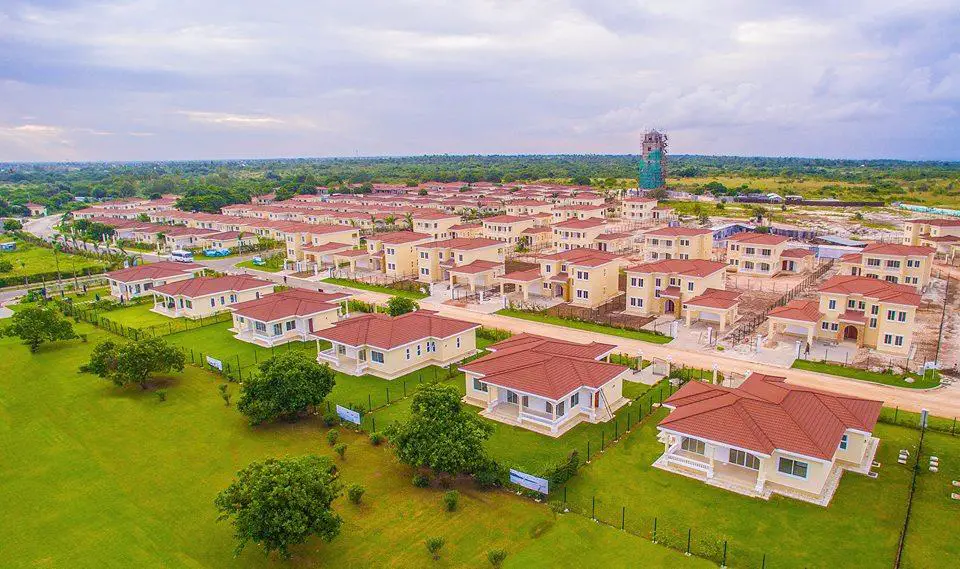In the modern world, affordable housing is becoming a complex issue for many people, especially in Africa. Across the region, rapid urbanization, which has boomed over the past decade, has made affordable, decent housing challenging precipitating the emergence of informal settlements. In the case of Tanzania, Dar es Salaam, the commercial pulse of Tanzania, is
[elementor-template id="94265"]
